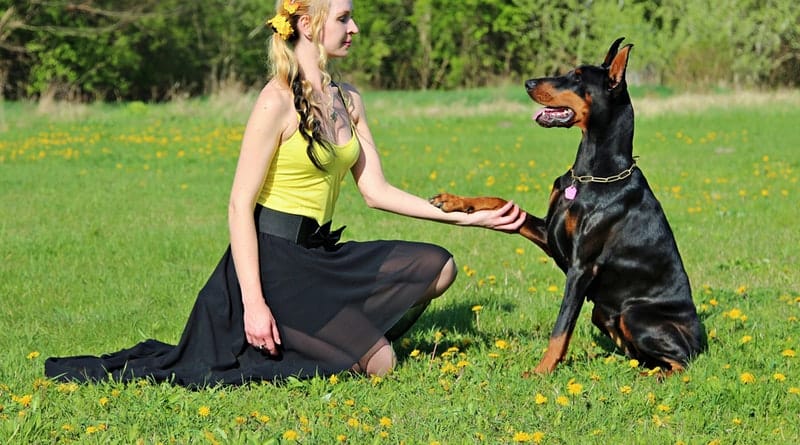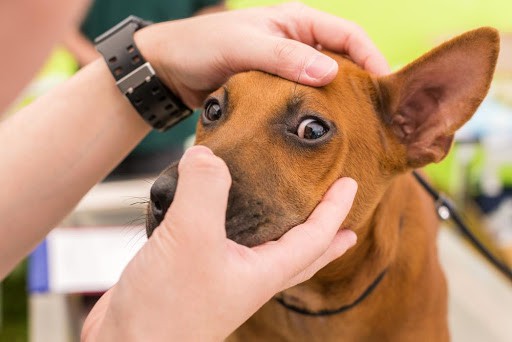A Complete Guide to Puppy Training

Getting a puppy is one of the most exciting days your family will ever have. Welcoming this little bundle of fluff into your home and seeing him get used to his surroundings is nothing less than heartwarming. But you can’t take this as a sign that no training is required.
Puppies are gorgeous but they need to understand that there are rules and behaviors expected of them. Dogs are pack animals so they will follow a leader – your job now is to make sure that you are that leader, not your pup. If you want to maintain a beautiful home with your dog, you must train them!
The importance of training cannot be understated. Badly behaved dogs can become aggressive and difficult to manage and any personal injury attorney will tell you that this doesn’t just put your family at risk but could be putting others at risk too. This isn’t just about doing the cute shaking paws stuff, it’s also about socializing your dog.
Start Them, Young
The sooner you start puppy training, the easier it will be in the long term. Like children, puppies are more open to learning new rules. This isn’t to say you can’t teach an old dog new tricks, just that the sooner you start, the less chance your pup will have to develop bad habits. You can follow this link https://www.puppytrainedright.
House training is a good place to start as this will set some important ground rules and ensure good behavior at home. At about 12-16 weeks old, your pup will be ready to start learning but do remember that you will need to be patient here. All learning takes time and there will be setbacks so stay nice and calm throughout the process. You don’t want to make things worse by losing your temper!
Crate training is a good method as this will limit the amount of potential chaos your pup can cause while you are out and they don’t yet know all the rules! Crates are also great for transporting your dog safely so getting them used to being confined is advised. Again, crate training is all about making slow progress so don’t worry if there are relapses or your dog doesn’t learn as quickly as you’d like.
Training older dogs are definitely still possible and you should never give a dog up as a bad case. Many rescue dogs will require a more tailored approach to training, depending on their past, but this shouldn’t stop you from beginning training soon after bringing them home.
Be Consistent
Consistency is absolutely paramount whether you are establishing family rules or puppy rules. You need to make sure that the messages you are giving are the same every time. This is another reason why slow progress is better than sudden change – your puppy will get used to your instructions over time.
Having a daily ritual that you follow all the time is really helpful for puppies. They will learn much quicker if they know they will get the same results from their behavior every time. So, if they have to sit patiently and quietly before they are fed, they are much more likely to do this if you insist upon the behavior every day. (Incidentally, this method can also work with cats, as long as they think they’re in charge!)
Consistency is also key for the language you use. Choosing the same command word like ‘sit’ is essential as puppies may not recognize other similar verbal cues. Words like ‘look’, ‘come’ and ‘sit’ are often favored by dog owners as they are simple. Combining your word with action may also help to speed up learning.
Dogs are surprisingly good at understanding instructions but they do need time to learn exactly what your words mean. Keeping instructions simple to start with is crucial and as your puppy learns, you may start to make your requests more complex. As ever, you need to work at your dog’s speed here.
Positive Reinforcement
All dogs want to please. This is an instinct that comes from being a pack animal with a clear hierarchy and is something that you can definitely use to your advantage. Positive reinforcement is always the best option for puppy training as pups will want to get the reward.
When humans don’t like something, we tend to shout or get angry. This is a big problem for dogs because they probably don’t really understand what exactly you are angry about. Aggressive dogs who are punished are much more likely to become more aggressive and stressed than those who are shown positive reinforcement instead. Again, there are some big parallels to raising your own kids here!
The key to positive reinforcement is making the reward instant. Your dog needs to know exactly what they have done to get a treat so leaving it even a few minutes risks them getting the wrong idea. Carrying a few dog’s treats in your pockets is a good way to ensure quick praise. If you want to make sure your dog is eating well or you know your dog has a flavor preference, making your own treats is a good idea.
Puppy training can be quite stressful to start with as they are learning so much and are bound to mess up occasionally! The antidote to this is to make your training as fun as possible, for you and your pup. If your puppy really enjoys his training sessions, the chances are that he is going to learn much faster and want to participate with you. Bringing elements of play into your session will really help.
When dogs are well trained, happy and know the rules, they is a great company to have and will fit perfectly into your family life. Failing to train a dog is really going to let your relationship down and isn’t fair on you, your pup or the rest of the family. Get everyone involved with positive reinforcement and make sure that the whole family knows the rules.
What's Your Reaction?
Newly middle-aged wife of 1, Mom of 3, Grandma of 2. A professional blogger who has lived in 3 places since losing her home to a house fire in October 2018 with her husband. Becky appreciates being self-employed which has allowed her to work from 'anywhere'. Life is better when you can laugh. As you can tell by her Facebook page where she keeps the humor memes going daily. Becky looks forward to the upcoming new year. It will be fun to see what 2020 holds.







